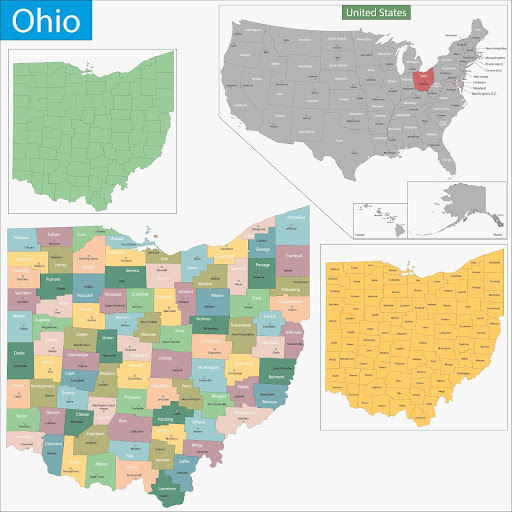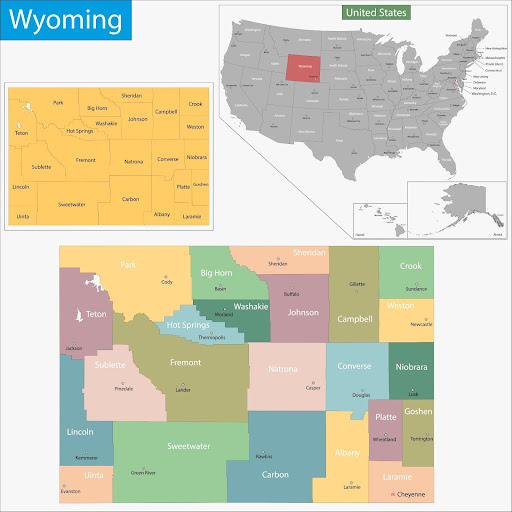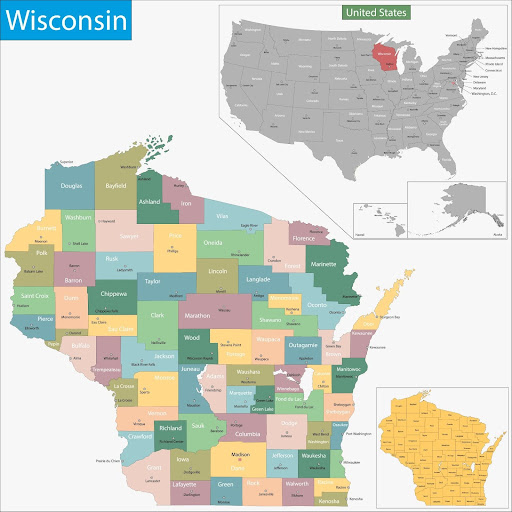Table of Contents
From the oak-hickory forests of the southeast to the abandoned fields of the northwest, wildfires in Ohio are subtle, fast-moving, and almost always human-caused. For fire investigators, that creates a unique challenge. The ignition sources range from illegal burns and discarded cigarettes to land-clearing gone wrong. And with nearly 1,000 volunteer departments and multiple jurisdictions, coordination is everything.
This guide on wildland fire resources in Ohio was built with that complexity in mind. Whether you’re new to the state or deep into your hundredth fire callout, here’s where to find the data, structure, and contacts you’ll need to work smart on the ground in Ohio.
Explore our wildland firefighting resources guide for deeper info.
Live Incident Updates & Maps
Track wildfire activity, burn bans, and suppression updates in real time with this live tool:
State Overview
Ohio’s wildfire profile may be quieter than western states, but it’s far from risk-free. Fires here are fast, low, and sneaky, and tend to flare up where fuels meet farmland and carelessness.
- Southeastern Hill Country (Appalachian Plateau): Steep ridges and dense oak-hickory forests dominate. Fires can smolder in duff and spread uphill faster than expected.
- Central Ohio: Mixed-use zones with old farmland, invasive grasses, and increasing suburban development. Debris burns and power line ignitions are common.
- Northwest and Lake Erie Plain: Flat with lighter fuels, but wind-driven grassfires are a real concern in drought years.
- State Forest Lands and Public Hunting Areas: Ohio’s 23 state forests see high recreational use. Campfires, ATV sparks, and fireworks are common ignition causes.
Wildfire Season Timeline
Ohio has a dual fire season, with risk peaking both before and after green-up:
- Spring (March–May): The most active period. Dead vegetation left over from winter creates flashy fuel beds. Burn bans go into effect statewide. Most fire investigations happen during this time.
- Fall (October–November): A secondary season. Leaves dry quickly and wind patterns shift. Agricultural field burns and leaf disposal fires dominate ignition reports.
- Summer (June–August): Generally low fire risk due to humidity and vegetative growth. Still, lightning fires and mowing/equipment incidents can occur.
- Winter Fires: Less common but possible during snow-free dry spells, especially with high winds and human activity.
Key State Agencies Involved
Local Wildland Firefighting Resources
Ohio’s wildland response model relies heavily on local resources. Most fires are handled by VFDs with mutual aid from ODNR and county-level support. Investigators often need to coordinate directly with township or rural fire chiefs for origin details and scene access.
List of Local/State/Federal Fire Response Agencies
ODNR Forestry Wildfire Program: Oversees suppression on state forest lands and provides training and equipment to rural departments. Maintains records on prescribed burns and suppression incidents.
Township & Volunteer Fire Departments: The VFDs in Ohio are the first to respond to wildfires. Some have wildland-capable units, especially in southeastern counties.
County Emergency Management Agencies: Play a critical role in coordination, resource requests, and support for investigators during multi-agency events.
U.S. Forest Service – Wayne NF Fire Management: Manages fire operations on federal land in southeastern Ohio. Investigators working near Wayne National Forest should coordinate with federal suppression crews and LEI officers.
Contact Numbers and Emergency Links
- To Report a Wildfire: Dial 911
- ODNR Fire Management Contact: 614-265-6694 | https://ohiodnr.gov
- Wayne National Forest Fire Dispatch: 740-753-0101
- Burn Bans and Regulations: https://ohio.gov
- NECC Wildfire Coordination: https://gacc.nifc.gov/necc
Training & Volunteering
Ohio’s wildland fire training efforts are driven by state-level programming and strong regional academies. Most NWCG-compliant training is delivered in collaboration with ODNR or through federal partnerships.
NWCG-Approved Academies and Centers
- Ohio Interagency Wildfire Crew (OIFC): While specific details about the Ohio Interagency Wildfire Academy (OIWA) are limited, the Ohio Interagency Fire Crew (OIFC) provides opportunities for wildland fire training and assignments. The OIFC includes employees from the Ohio Department of Natural Resources (ODNR), U.S. Forest Service, National Park Service, local fire departments, and other agencies. They participate in national wildfire suppression efforts, which may involve training components aligned with NWCG standards.
- ODNR Wildland Firefighter Training: The ODNR offers a Wildland Firefighter Training course that provides the necessary requirements for national certification as a wildland firefighter (FFT2). This course includes S-130/190 and L-180, which are NWCG-aligned.
- Wayne National Forest Fire Management: The Wayne National Forest conducts prescribed burns and fire management activities led by professional wildland firefighters. While specific training programs are not detailed, involvement in these activities may offer practical experience relevant to wildland fire investigation.
Volunteer and Seasonal Training Opportunities
- ODNR Seasonal Wildland Firefighter Program: Offers paid training and deployment for suppression crews each spring and fall. Positions include mop-up duties and occasional fire origin documentation roles.
- Rural Fire Department Grant & Training Programs: ODNR supports equipment and training for under-resourced departments. Many investigators build relationships through these grants and assist departments post-incident.
- Hocking College & Local Fire Academies: Regional institutions offer wildland and structural crossover training, including courses in fire cause analysis. These programs are often open to both career and volunteer personnel.
Stay Informed on Ohio’s Wildland Fire Landscape
Fire in Ohio may not get national attention, but if you’re working an investigation here, you know that doesn’t make it simple. With more people moving into forested counties, more land in transition, and increasingly erratic spring conditions, wildfires are becoming a more regular part of the job.
If you’re not up to speed on state burn rules, NWCG updates, or your local EMA's ICS flowchart, you’ll be chasing smoke without context. Invest in the relationships. Learn the burn laws. And above all document early, because in Ohio, evidence disappears with the next rainstorm or the next plow pass.
FAQs
How do I report a wildfire in Ohio?
Call 911. For information or to report suspected violations, contact ODNR Forestry at 614-265-6694.
Who investigates wildfires in Ohio?
ODNR handles wildland fires on state land. Township fire departments lead most local investigations. The State Fire Marshal may assist in criminal or mixed-use cases.
Can I burn brush or yard waste in Ohio?
Only during legal hours and under safe conditions. Spring and fall open burning is restricted between 6 AM and 6 PM due to fire risk. State law overrides local permits during burn bans.










